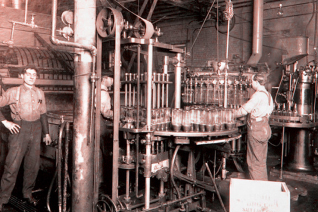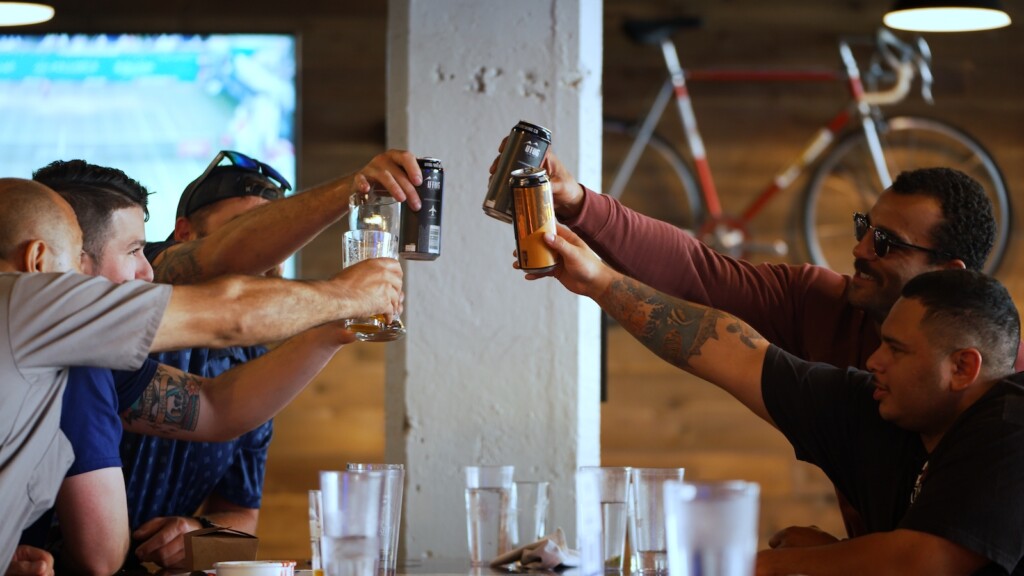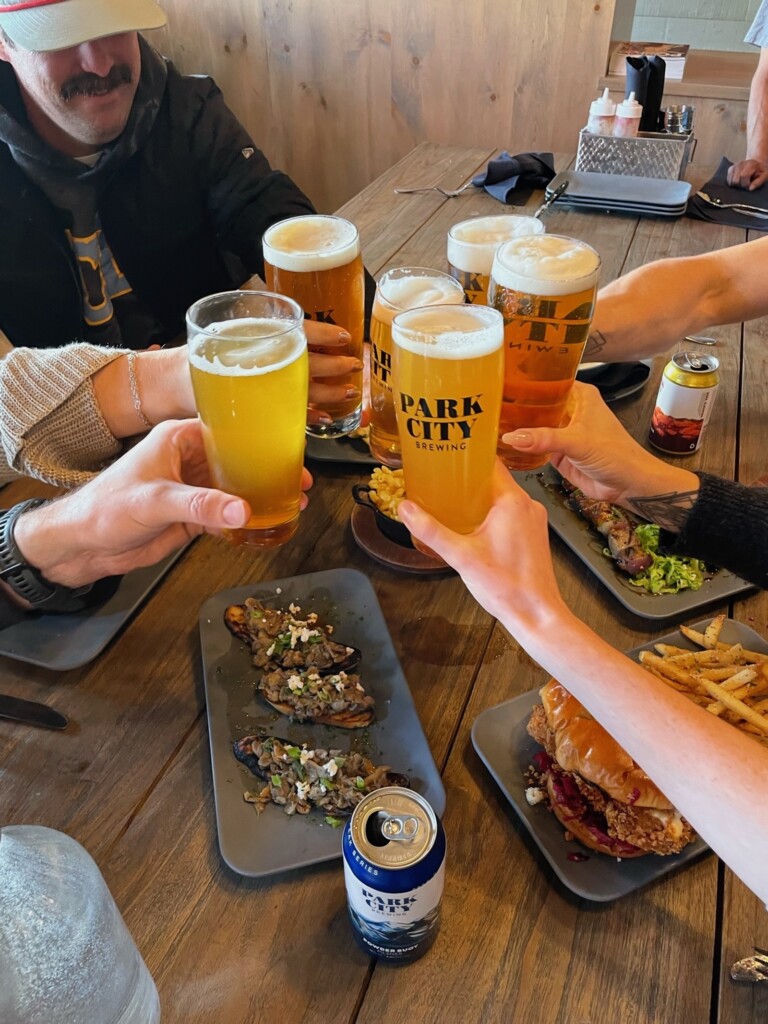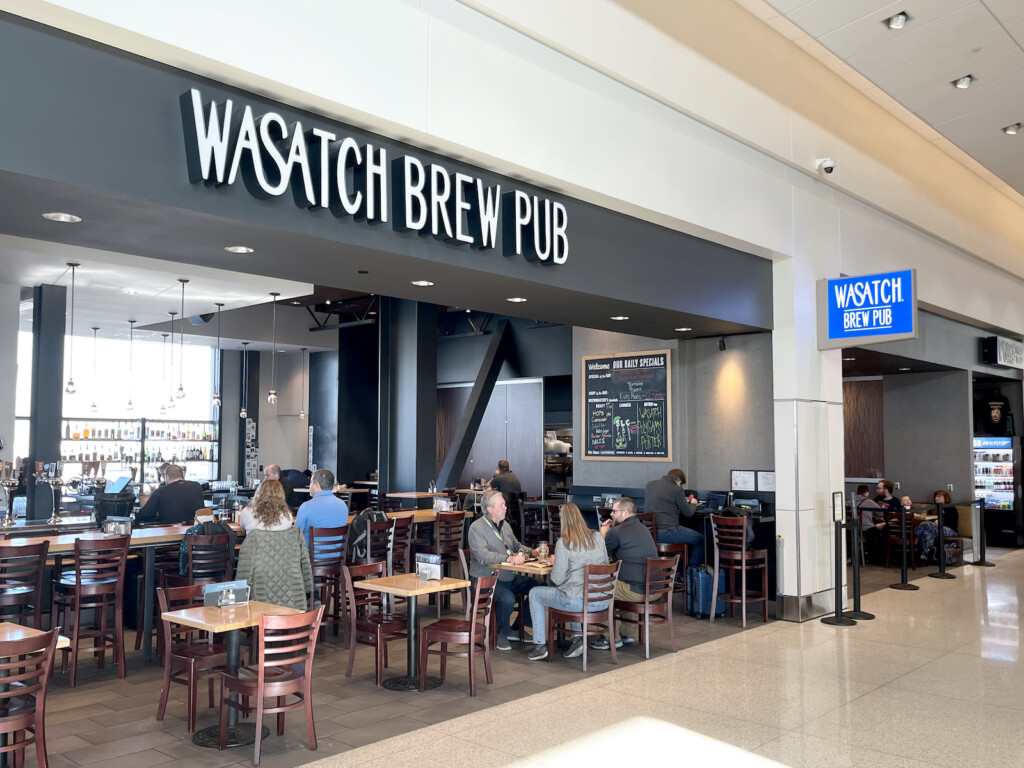The history of Utah’s largest, longest lasting brewery.

The Mormon pioneers drank beer, and whiskey. Brigham Young had his own distillery that produced a hard, harsh liquid called Valley Tan which, according to Mark Twain was “their version of hellfire and brimstone.” It wasn’t until years after the Joseph Smith’s death that the Word of Wisdom— initially established not as doctrine, but as recommendations for healthy living—became organizational laws, causing the majority of Mormons to practice teetotalism. Before the turn-of-the century brewers were not shunned by Mormons.
Brewers were traditionally well respected men in pioneer days. They transformed the grains and hops farmers harvested and converted them into a pioneer diet staple. Beer was seen much less as a luxury or vice, as it was a necessity for good health. Kids drank beer; parents enjoyed beer. Beer was a staple for everyone. Beer and liquor were advertised in the Deseret Evening News in 1895.
Some of the earliest ads for beer in Salt Lake area newspapers point out that their brand was “endorsed by more doctors than other beers.” In Salt Lake Valley’s early days it was the German immigrants who brewed and provided the best beer. Two young rival master brewers in Salt Lake in the 1870s were Jacob Moritz and Albert Fisher. These young men found themselves in the right place at the right time to establish incredible businesses for the quickly growing Salt Lake Valley and greater mining region.
It was in 1849 when mining claims were first established in Park City, Alta and areas such as Eureka and Tinitic. In just a few years the isolated Mormon settlement of Great Salt Lake would become a boom town with eventually over 100 taverns on Main Street alone. Main Street acquired the nickname “whiskey street.” Miners burned thousands of calories swinging their pick axes to unearth precious silver in the mountains. Beer was their “liquid nourishment.”
While the pioneers were of conservative heritage and rarely drank alcohol in excess, the new breed of unruly, debaucherous miners certainly drank in excess. They were rowdy, prone to argue, gamble and patronize brothels. Something had to be done. The LDS church differentiated itself from the mining community by making the Word of Wisdom into religious law and practice, eventually ordering all members to engage in complete abstinence from alcohol.
“The Albert Fisher Brewing Company is on one entire block of ground. On the south side of the building is a 92’ by 100’ malt room. The north part of the building will be divided up between a cellar and brewery office.”
Salt Lake Tribune ~ August 27, 1884
Please stay tuned for part II our our coverage on the Fisher Brewing Company.





